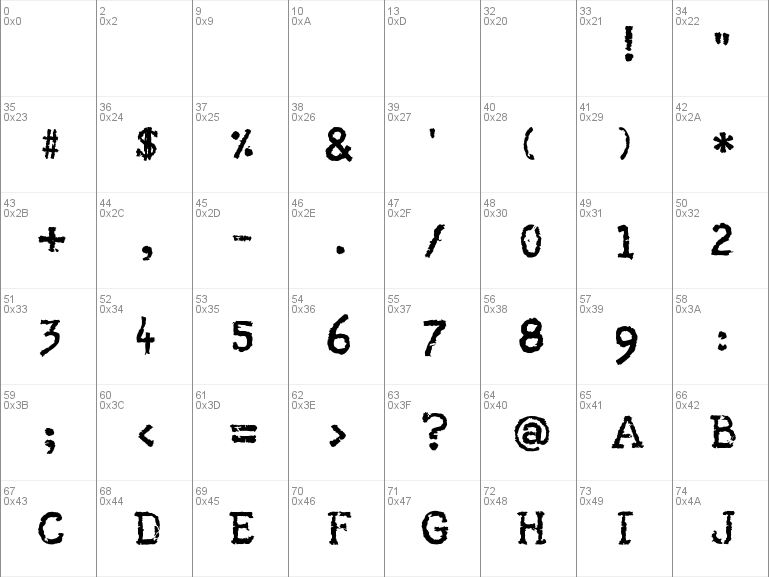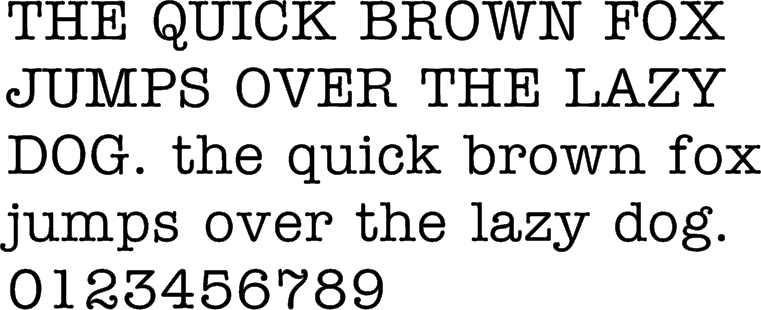


It would be the first of many confrontations Nesmith would have with producers during a tumultuous two-year run in which “The Monkees” won the 1967 Emmy for best comedy series. After pausing to gaze at a painting as if it were a mirror, he sat down and immediately put his feet up on a desk.īut he rebelled almost immediately when producers told him they were going to call his character “Wool Hat.” He demanded they use his real name, as they did with the other actors. With a harmonica around his neck, he stormed into a casting office, banging the door loudly. Nesmith, with his twangy Texas accent and the wool hat he’d worn to his audition, became the serious but naive lead guitarist.Ī prankster by nature, he’d arrived at the audition carrying a guitar and bag of dirty laundry he said he planned to wash immediately afterward. Tork, a folk-rock musician, portrayed the comically clueless bass player. Dolenz became the wacky drummer, although he had to learn to play the drums as the show went along. Jones, with his British accent and boyish good looks, was the group’s cute lead singer. Three others, “I’m a Believer,” ″Daydream Believer” and “Last Train to Clarksville,” reached No. The show created by Bob Rafelson and Bert Schneider featured the comical misadventures of a quartet that tooled around Los Angeles in a tricked-out Pontiac GTO called the MonkeeMobile and, when they weren’t chasing girls, pursued music stardom.Įach episode rolled out two or three new Monkees songs, six of which became Top 10 Billboard hits during the show’s two-year run. Nesmith was running “hoot nights” at the popular West Hollywood nightclub The Troubadour when he saw a trade publication ad seeking “four insane boys” to play rock musicians in a band modeled after the Beatles.

Especially the shtick.”Īfter the group broke up in 1970, Nesmith moved on to a long and creative career, not only as a musician but as a writer, producer and director of films, author of several books, head of a media arts company and creator of a music video format that led to the creation of MTV. “I’m so grateful that we could spend the last couple of months together doing what we loved best – singing, laughing, and doing shtick,” Dolenz said.


 0 kommentar(er)
0 kommentar(er)
